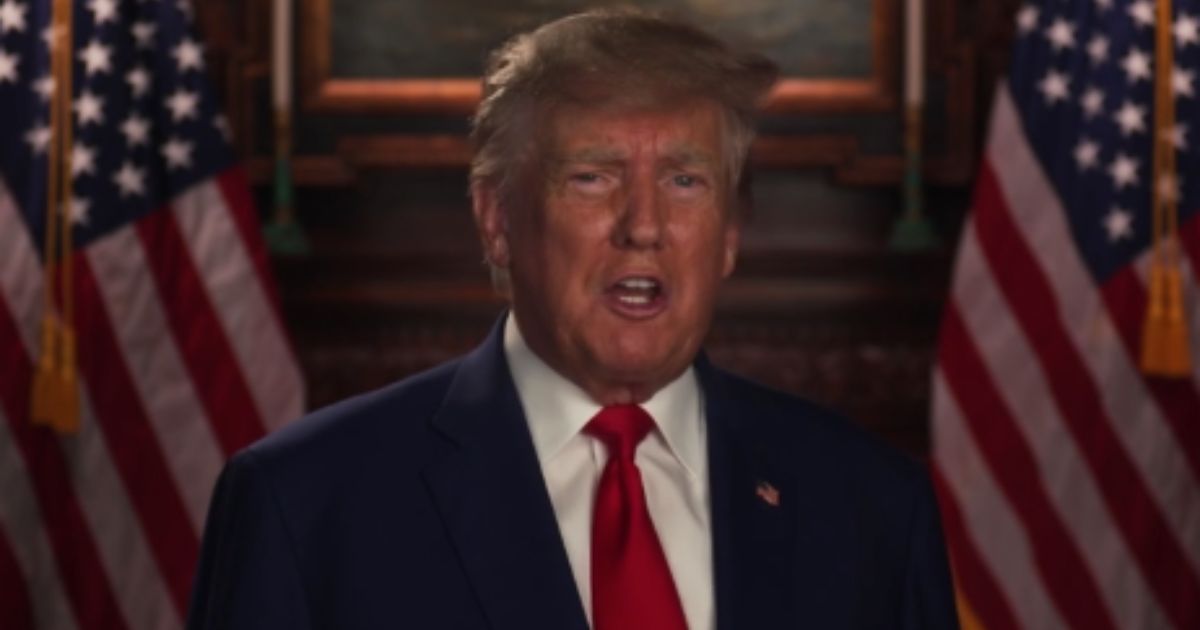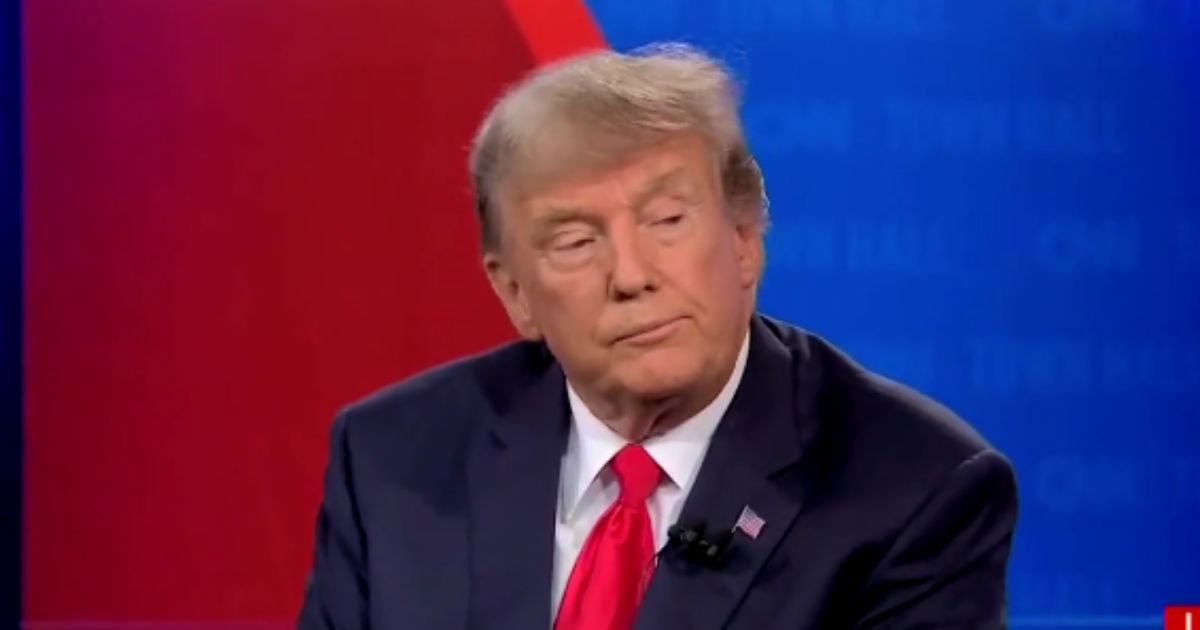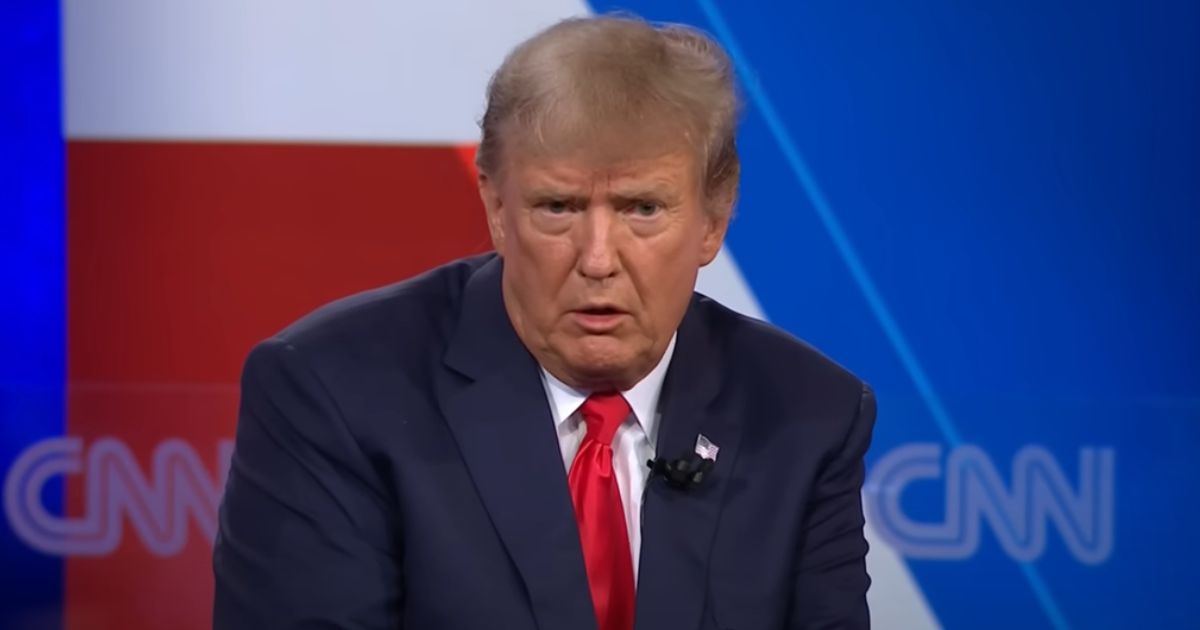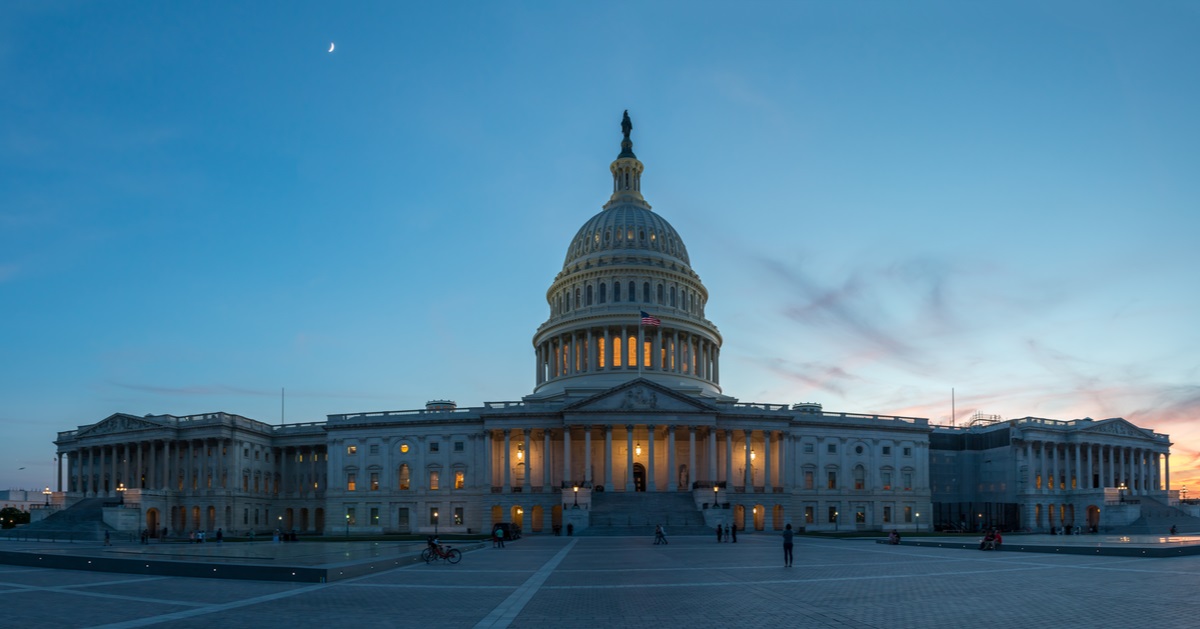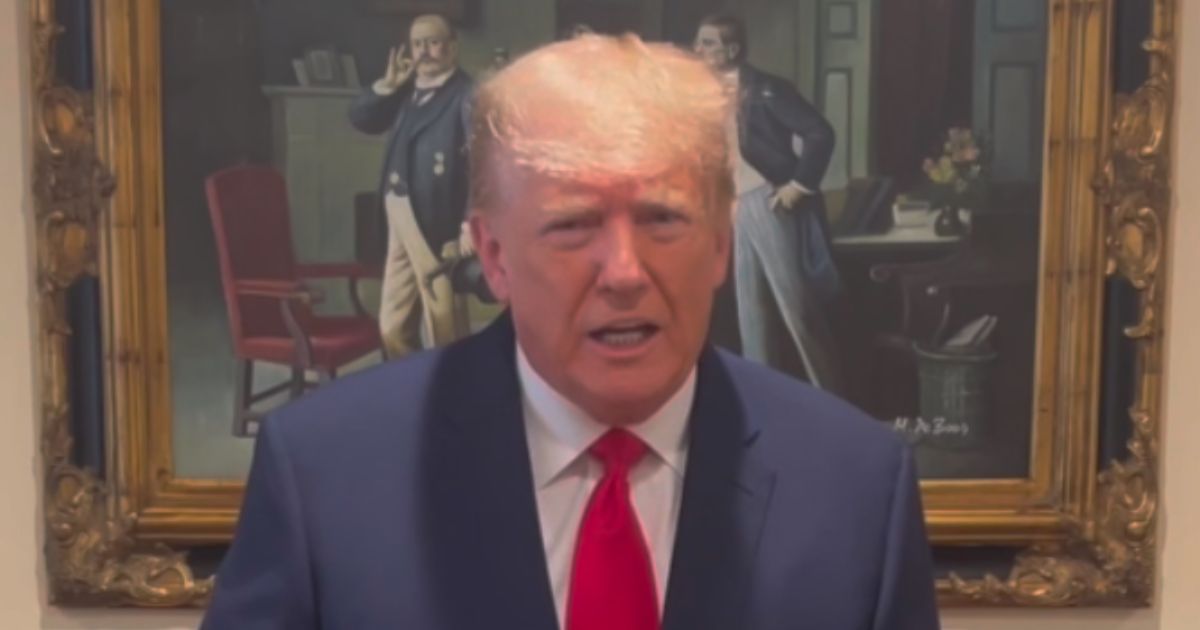Harris's Media Strategy Stokes Critiques Over Lack of Transparency
Vice President Kamala Harris's campaign tactics have sparked debates about media engagement reminiscent of past political mishaps.
Concerns are mounting over VP Harris's media strategy, with some pointing to similar errors that once undercut other presidential bids, as the New York Post reports.
The historical backdrop for present-day political strategies includes memorable moments like during the 1992 presidential race when Bill Clinton seized on George H.W. Bush's initial reluctance to debate. Bush's hesitancy gave rise to the "Chicken George" strategy, in which mascots mocked him, leading to significant image damage and eventually forcing him into debates.
Bush ultimately yielded to the pressure, a decision described in his own words as a move made after being "chastened," marking a pivotal point in the campaign. His acquiescence to participate in three debates is a stark reminder of how media strategies and public perception can pivot the trajectory of a campaign.
Recent Developments in Harris's Media Engagement
Fast forward to the current campaign season, Kamala Harris’s strategy with the media is drawing scrutiny. In a recent interview on CNN, her responses skirted in-depth policy discussions, which left the audience without a clear measure of her readiness for higher office.
Since a notably challenging interview in 2021, Harris has reportedly scaled back her media appearances considerably. This has prompted discussions within political circles about the impact of such reticence on a democratic society's need for transparency.
Comments from within the Biden camp, published in a biography, have tagged Harris as a "work in progress." This phrase, while indicative of potential growth, also hints at unfinished aspects of her political toolkit and readiness.
Internal Perspectives and Polling Insights
Both Politico and the Washington Post have documented a sense of disorganization within Harris's office. This portrayal correlates with apprehensions articulated by Biden's staff regarding her political fortitude, as reported by The Atlantic.
The current polling data, as gathered by Real Clear Politics, reveals that while Harris holds slight leads in several key states, these margins are significantly slimmer than those held by Biden in 2020 and Clinton in 2016. This statistical insight raises concerns about her comparative electability and appeal.
Evaluations of media bias suggest a current leaning in Harris’s favor, yet analysts like Julian Epstein warn that the media's favor can rapidly shift, recalling past instances where initial media favoritism eroded amidst campaign pressures and debates.
Democratic Strategies and Electoral Impact
Delving into democratic strategies, avoidance of rigorous media scrutiny has been a recurring theme in some past campaigns that faced electoral challenges. This pattern is now being scrutinized in Harris’s approach, as her reluctance to engage deeply with challenging media questions could potentially alienate voters seeking transparency and thorough policy discussions.
The narrative surrounding media interaction and campaign transparency not only affects voter trust but also the democratic process itself. A robust engagement with the press is considered essential, as it provides the electorate a clear view of a candidate’s competency and values.
Julian Epstein commented on the impermanence of media bias and its potential pitfalls, suggesting a need for constant readiness to tackle shifts in media perception and reporting.
Calls for Enhanced Journalistic Rigor
A broader call has been made advocating for journalistic integrity in political coverage. Delineating the critical role of the independent press in a democracy, it has been argued that regular exposure to rigorous press scrutiny is crucial.
This call stresses the responsibility of journalists to provide comprehensive and intensive coverage of candidates, allowing voters to make informed decisions based on a thorough knowledge of their potential leaders.
The essentiality of this dynamic was highlighted in Harris’s recent interviews which, while avoiding major errors, failed to substantially address policy depths thus not alleviating concerns about her readiness for higher office.
Conclusion
As the campaign progresses, Kamala Harris’s media strategy reveals potential risks reminiscent of past electoral mistakes, marked by avoidance of in-depth media engagement and fluctuating policy positions.
From historical lessons with "Chicken George" to current polling data and internal campaign reports, the importance of transparency and rigorous scrutiny remains a critical democratic mandate.
Voters and political analysts alike will be watching closely to see if Harris adjusts her strategy in response to these longstanding democratic principles.

